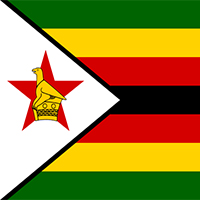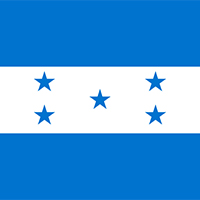The new banknote 50-krone and 500-krone to be issued in October
New 50-krone note
Size in mm: 126 x 70
Obverse side
The primary motif on the 50-krone note is based on Utvær Lighthouse in Solund municipality. This lighthouse was built in 1900 and is Norway’s westernmost point.
Sea-marks like Utvær Lighthouse have a long history in Norway. The first concrete example of a Norwegian sea-mark is from the Saga Age, when in 869, Floke Vilgerdson built a cairn in Sveio municipality that later became known as Ryvarden.
As early as 1770, Utvær was a pilot station. The pilotage service was passed down from father to son for several generations, according to the long tradition along the entire coast.
Many large lighthouses were built along the Norwegian coast, especially in the second half of the 1800s. They are highly visible and cherished landmarks.
As a traffic and transportation artery, the sea has been crucial for the development of the Norwegian economy and society. Shipping lanes remain an important part of the transportation network binding the country together and a fine-meshed net of lighthouses and sea-marks covers the entire Norwegian coast.
In the upper-right corner of the banknote you can see an Atlantic puffin. The head of a puffin and the value of the banknote are also featured in the watermark used on all the denominations.
Reverse side
In the pattern on the 50-krone note you can vaguely see a beacon from a lighthouse. The wind is light and symbolised by the short rectangular forms and gentle waves in the organic pattern. You can also see the constellation Ursa Major and a nautical chart showing the classification of lighthouses.
A lighthouse is a sea-mark that emits light as a navigational aid at sea. Lighthouses emit light from a system of lamps and lenses, and are a part of an advanced network of sea-marks on the coast. Today, all lighthouses along the Norwegian coast are automated, but almost all of the classic lighthouses remain operational as navigational structures.
They do not stand alone. Along the entire Norwegian coast there is a fine-meshed network of over 21 000 lighthouses and sea-marks. Along with safe harbours and other maritime infrastructure, they have facilitated and secured navigation along an exposed coastline, and have been crucial for the development of communication, trade and culture.
Waves and wind are not always as calm as here on the 50-krone note. In squally weather, it is a comfort knowing that there are solid waypoints to guide our course.
New 500-krone note
Size in mm: 147 x 70
Obverse side
The primary motif on the 500-krone note is the rescue vessel RS 14 “Stavanger”, designed by Norway’s most famous shipbuilder, Colin Archer.
The vessel was built at Archer’s shipyard in Larvik and launched in 1901. It had a total of 37 years of active duty for Redningsselskapet (Norwegian Society for Sea Rescue). “Stavanger” is owned by Jeppe Jul Nielsen, and will be preserved as a museum ship. The primary motif on the note is designed on the basis of Redningsselskapet’s photo, taken by Robby Madsen.
The sea holds vast natural resources, but is also characterised by powerful forces. Storms and wrecks are a fact of life for those who seek to harvest the riches of the sea. The availability of help when it is needed most saves many lives, and gives us greater confidence when we set sail for work or pleasure.
Today, Redningsselskapet’s operations are run from tens of stations spread across the entire country. More than 40 rescue vessels are at the ready 24 hours a day the year round along the entire coast.
In the upper-right corner of the banknote you can see an Atlantic puffin. The head of a puffin and the value of the banknote are also featured in the watermark used on all the denominations.
Reverse side
In the pattern of the 500-krone note an oil platform vaguely appears on the horizon. There are high winds and the rectangular forms are longer than on the 200-krone note.
The sea heaps up in the organic pattern. You can also see the North Sea gas pipeline network and a fossil.
Shipping, fisheries and other activities associated with the sea have long been the basis of economic growth and prosperity in Norway. In the last 50 years, oil and gas activity has become one of the pillars of the Norwegian economy,
The activities have positive spillover effects both nationally and locally. Technological innovations have followed, providing small local communities with additional legs to stand on.
The ability to build new expertise and new industries from what we have learned through harvesting Norway’s natural resources can be decisive for future economic developments.
Sources: norges-bank



